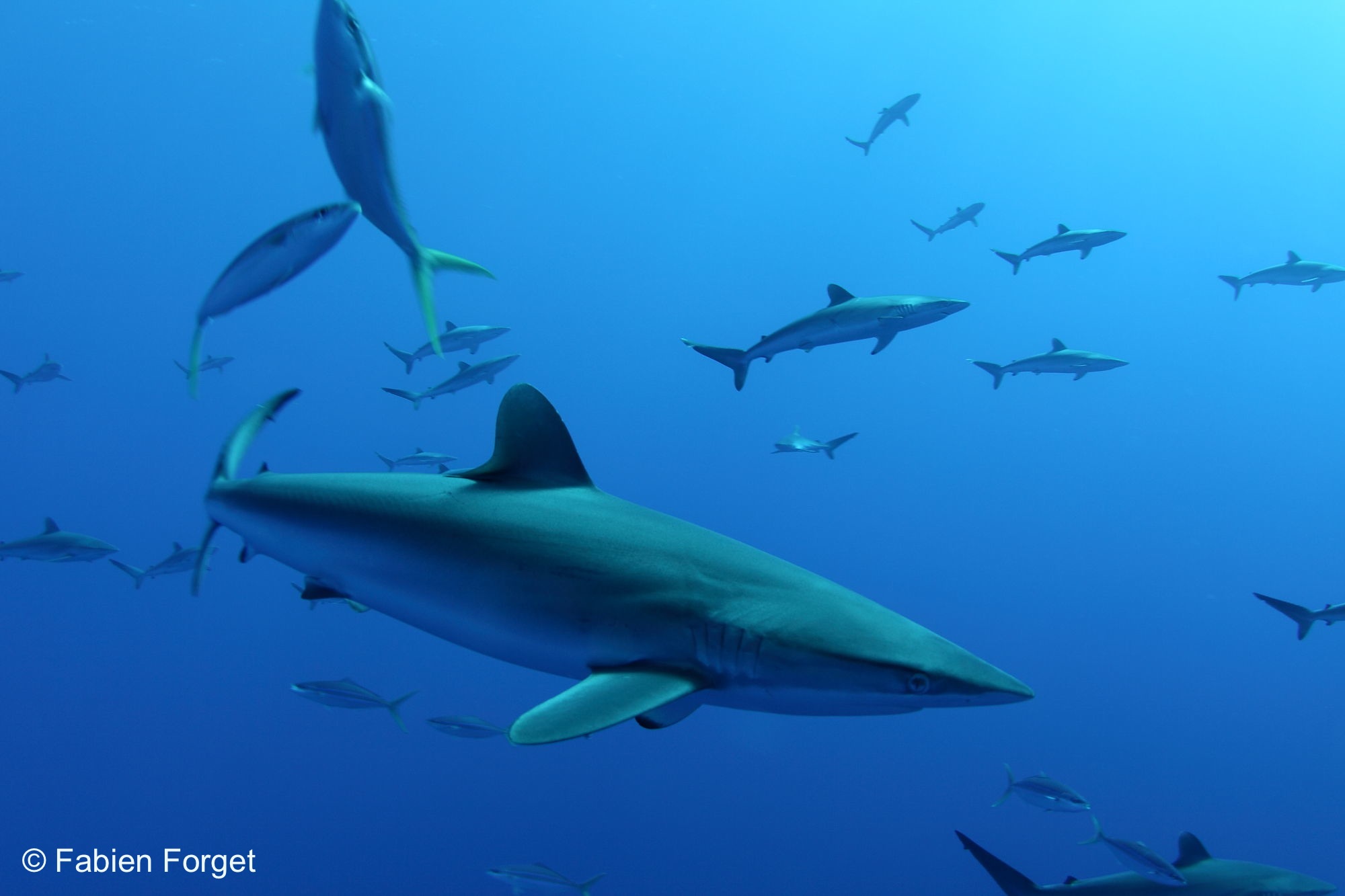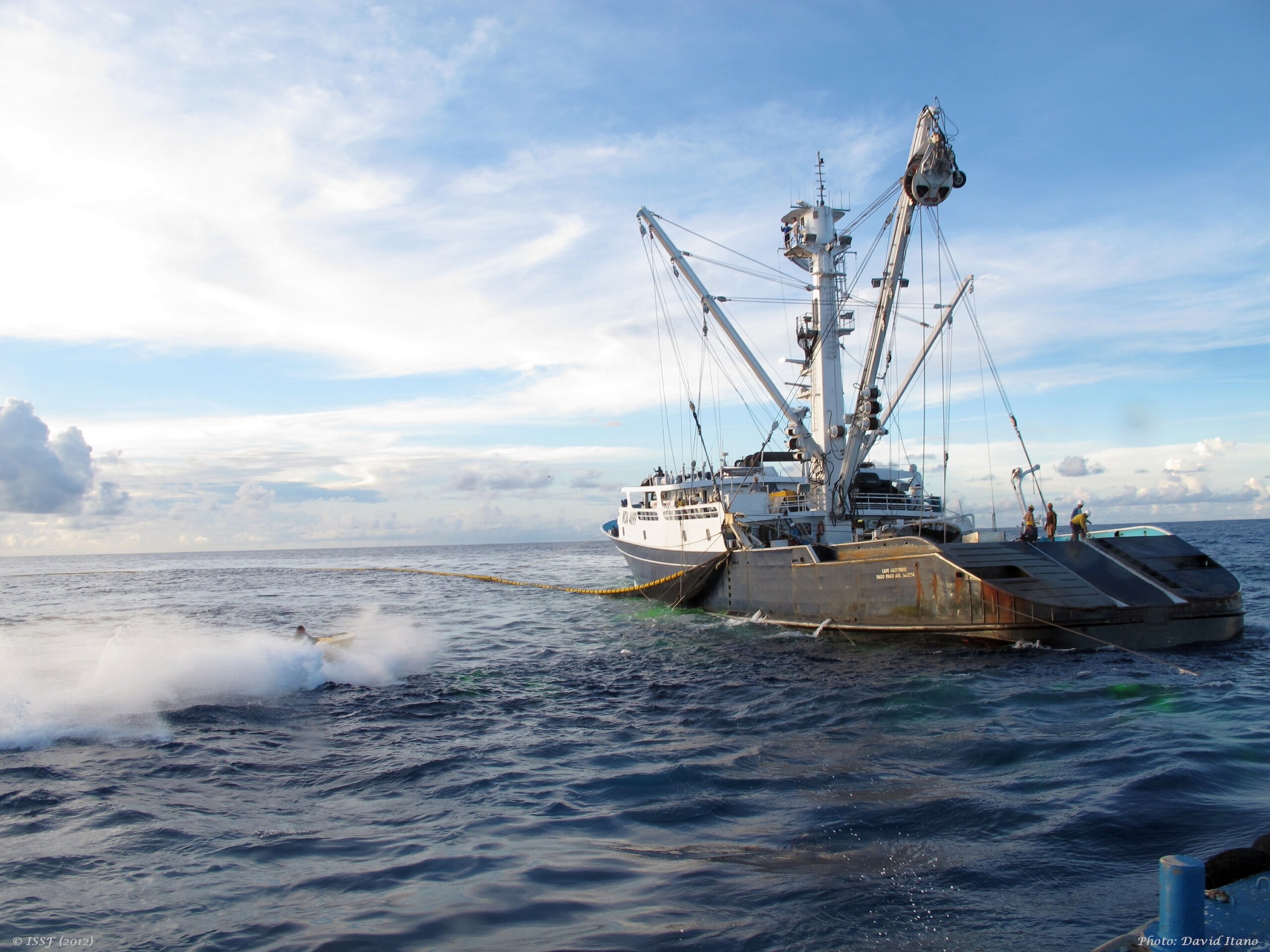BLOG: Act Now to Improve FAD Management at IOTC
Featured News
Fisheries Managers Must Act to Improve the Management of Fish Aggregating Devices (FADs) in Indian Ocean Tuna Fisheries
In a new blog, ISSF’s Holly Koehler and Dr. Hilario Murua urge action at next week’s meeting of the Indian Ocean Tuna Commission (IOTC) for the improved management of fish aggregating devices (FADs). In the Indian Ocean, FAD sets account for nearly 35% of tropical tuna catches. More comprehensive FAD management and monitoring by IOTC will lead to more sustainable management of the three Indian Ocean tropical tuna stocks—two of which are overfished and subject to overfishing—as well as mitigate other ecosystem impacts.
The IOTC has been grappling with FAD management for several years and considering how best to strengthen its existing resolution on FADs. Unfortunately, a number of important FAD management improvements have not been adopted or have not been able to be implemented. These items therefore persist as part of our priority appeals to Indian Ocean fisheries managers, outlined in our 2024 position statement.
This year, the IOTC has several FAD management proposals from various members to consider, and the good news is that there are common elements across these proposals. If adopted, such elements would measurably improve how FADs are used and managed in the Indian Ocean, reducing the impacts of FADs on the ecosystem and increasing monitoring of these devices at sea.
These common, best-practice items include:
- Adopting a timeline to transition to the use of biodegradable FADs
- Establishing an IOTC-wide FAD register for FAD monitoring
- Establishing science-based limits on the number of operational FADs consistent with management objectives for tropical tunas
- Establishing a FAD marking scheme
- Reporting of lost or abandoned FADs
Featured Resource
Assessing Fisheries Managers’ Progress on Science-Based Best Practices
ISSF has updated its Regional Fisheries Management Organizations (RFMO) Best Practices Snapshot series. The Snapshots are a resource for stakeholders looking to understand how tuna fisheries managers are progressing science-based best practices in priority topic areas — from fish aggregating device (FAD) management to RFMO compliance processes. In detailed tables, the snapshots compare tuna RFMO progress in implementing the practices.
ICYMI
86% of Commercial Tuna Catch Comes from Stocks at “Healthy” Levels of Abundance
ISSF recently updated its Status of the Stocks report, which shows that, of the total commercial tuna catch worldwide, 86% comes from stocks at “healthy” levels of abundance. Additionally, overfished stocks account for 10% of the total catch, and 4% of the catch comes from stocks at an intermediate level of abundance. Several tuna stocks are considered overfished and/or subject to overfishing:
- Mediterranean albacore, Indian Ocean bigeye, and Indian Ocean yellowfin stocks are overfished and subject to overfishing.
- Pacific Ocean bluefin is overfished.
The updated report incorporates recent stock-assessment results for these tuna stocks: Western Pacific bigeye, Western Pacific yellowfin, North Pacific albacore, North Atlantic albacore, and Southern bluefin. The new assessments did not trigger a rating change for these stocks, however.
ISSF publishes its signature Status of the Stocks report several times each year using the most current scientific data on 23 major commercial tuna stocks.
ISSF in the News
ISSF Releases First-Ever Netting-Free Biodegradable FADs Construction Guide



